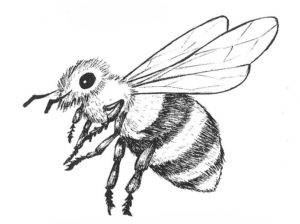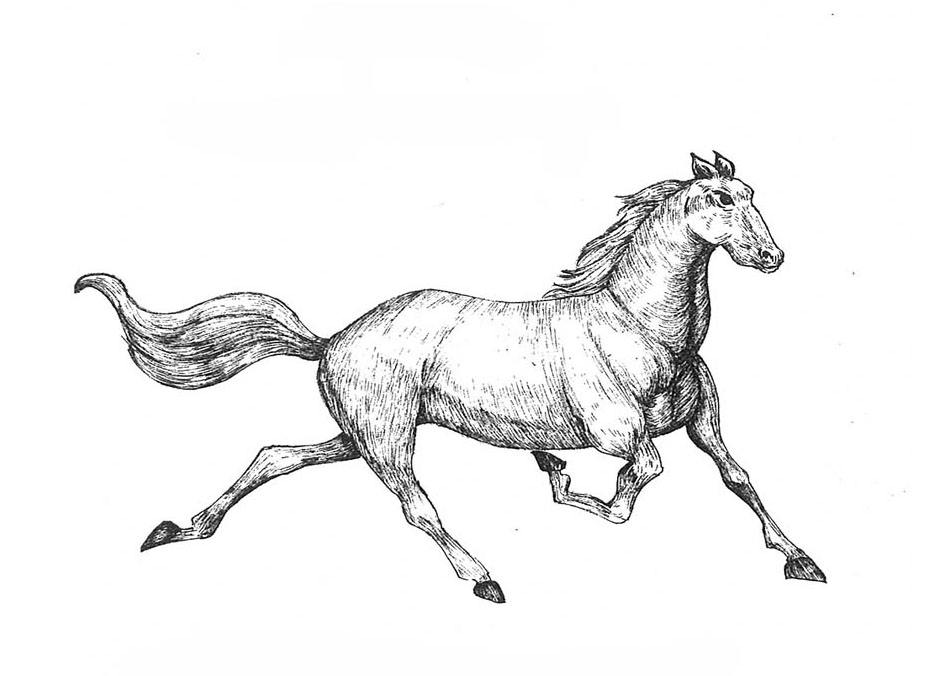Just like everybody else, the pandemic that has been caused by Covid 19 has kept me apart, more than I would like, from people whom I care about. There has been no shortage of text messages and telephone calls in an effort to stay in contact.
Personally, I have always enjoyed selecting greeting cards popping them in the post in order to create a small surprise in the mailbox or on the hall floor for the people I care about. It is the simplest of little actions that create happy smiles for those who receive the greeting card for no good reason other than that somebody else is thinking fondly and warmly of them. Needless to say, I get a great kick out of it too, as the sender. It takes me a while to wipe the smile off my own face!
There seemed to be so much more time, in my experience, for creativity during the past two years. I started out enjoying the contentment of creating my own haiga series with native Irish birds and trees. No one was more shocked than I to discover that some key people in decision-making roles in the visual arts community thought what I had produced good enough to exhibit. So I found myself in Clifden, and Ennistymon, Listowel and Dingle where members of the general public were positive and receptive to the exhibitions of my work. Then I set about creating a series based on native Irish wildflowers and this series of haiga was exhibited in Listowel and Dingle separately again.
Last summer, Father Moynihan, parish priest of St Mary’s parish in Dingle, kindly allowed me to use the Gazebo behind the parish church as a base to try out a new idea for my artwork. The Gazebo is located close to the gardens of An Diseart on Green Street. Most of the people who called by to visit me and to view my work at the Gazebo were already nature lovers, content to spend time in the nearby gardens. There were many interesting and long conversations and it all culminated in a great deal of valuable feedback for me. Primarily among the lessons I was learning was that people were very much drawn to image and loved the version of the greeting card format more so than the framed wall hanging version. The greeting card was smaller, easier to handle, unbreakable, much less costly, had a multipurpose and was very user-friend.
 Deciding to opt for the most sustainable ways to produce a greeting card range, I kept simplicity at the heart of the process and ensured that the paper being used was all sourced from responsibly managed forests, recycled paper made from post-consumer material and certified as FSC. Keeping sketches to a minimalist fashion, done in ink and pencil on a simple white background and without text has meant that the printing process only uses the grey tray for ink. Therefore there is no excessive waste of colour ink. These rich oil based paints often find their way ultimately into landfill and the dyes can make their way, unfortunately, just like household or industrial paint, into the water systems of the earth. So by sticking to the simplicity of a black sketching on a white background, it conserves and respects ink use. Yet still, despite its simplicity, this range of greeting cards has an endearing quality.
Deciding to opt for the most sustainable ways to produce a greeting card range, I kept simplicity at the heart of the process and ensured that the paper being used was all sourced from responsibly managed forests, recycled paper made from post-consumer material and certified as FSC. Keeping sketches to a minimalist fashion, done in ink and pencil on a simple white background and without text has meant that the printing process only uses the grey tray for ink. Therefore there is no excessive waste of colour ink. These rich oil based paints often find their way ultimately into landfill and the dyes can make their way, unfortunately, just like household or industrial paint, into the water systems of the earth. So by sticking to the simplicity of a black sketching on a white background, it conserves and respects ink use. Yet still, despite its simplicity, this range of greeting cards has an endearing quality.
This signature range of greeting card categories are all based on native Irish birds, native Irish trees and native Irish wild creatures. There are a total of 20 greeting cards in each of the categories. The image and the script are all created by hand.
How did I come up with the name? It is a simple concept. For me, there are enormous joys to be found when I interact with the wild and the stunning natural world we all share, hence the name, Mary’s Wild Joys.

